

Stories
Our Students

Humanities EXCEL Fellows build community through hands-on Internships
At UC Santa Cruz, the Humanities EXCEL Program is helping Humanities undergraduates discover new pathways to professional growth and connect to local communities through paid internships.
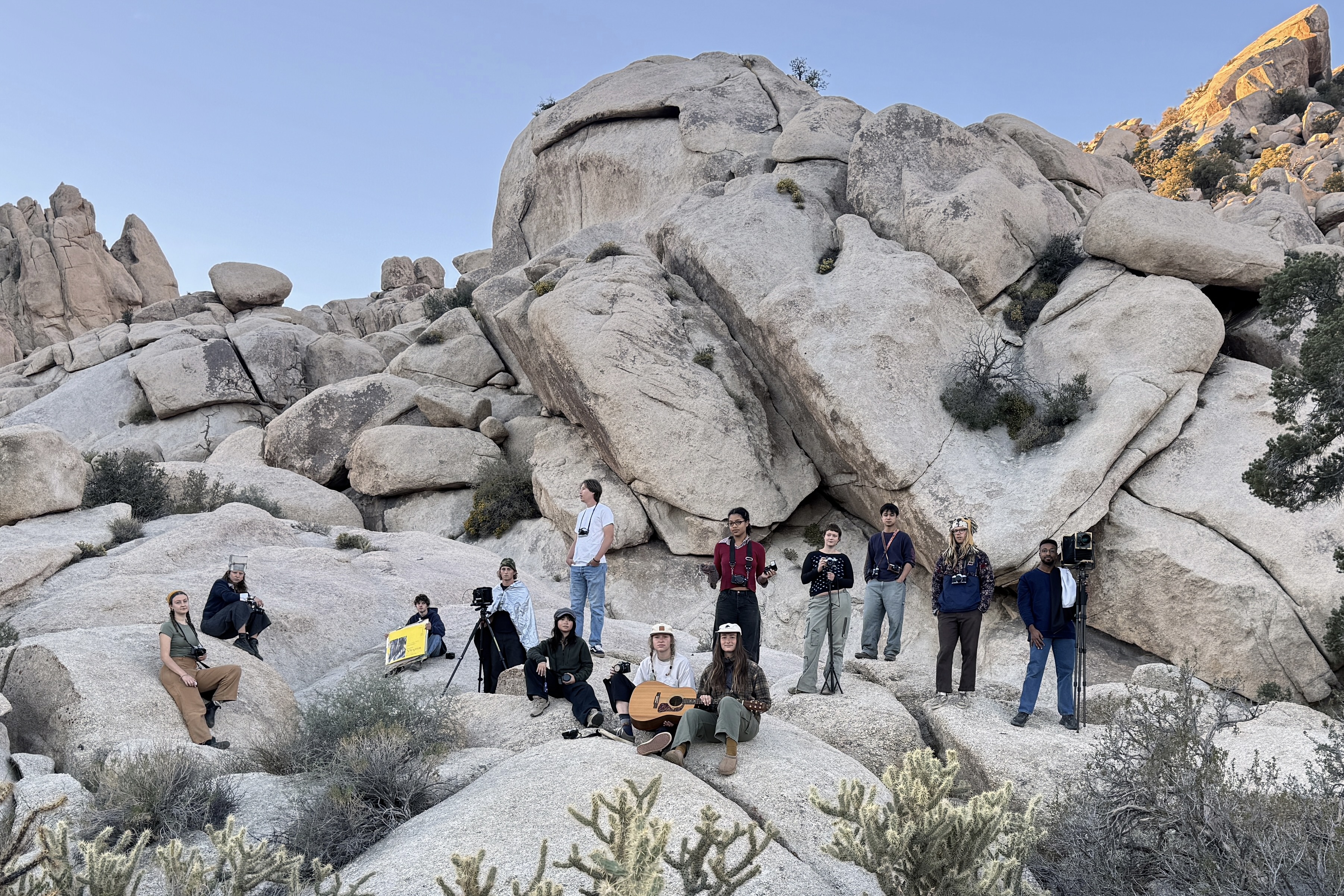
Are you experienced? Students from first year of immersive-learning initiative share stories of profound impact
From aquatic adventures and mountaintop stargazing to lab work aimed at saving lives, students describe how the Degree-Defining Experiences Program fosters unforgettable moments and deepens meaning
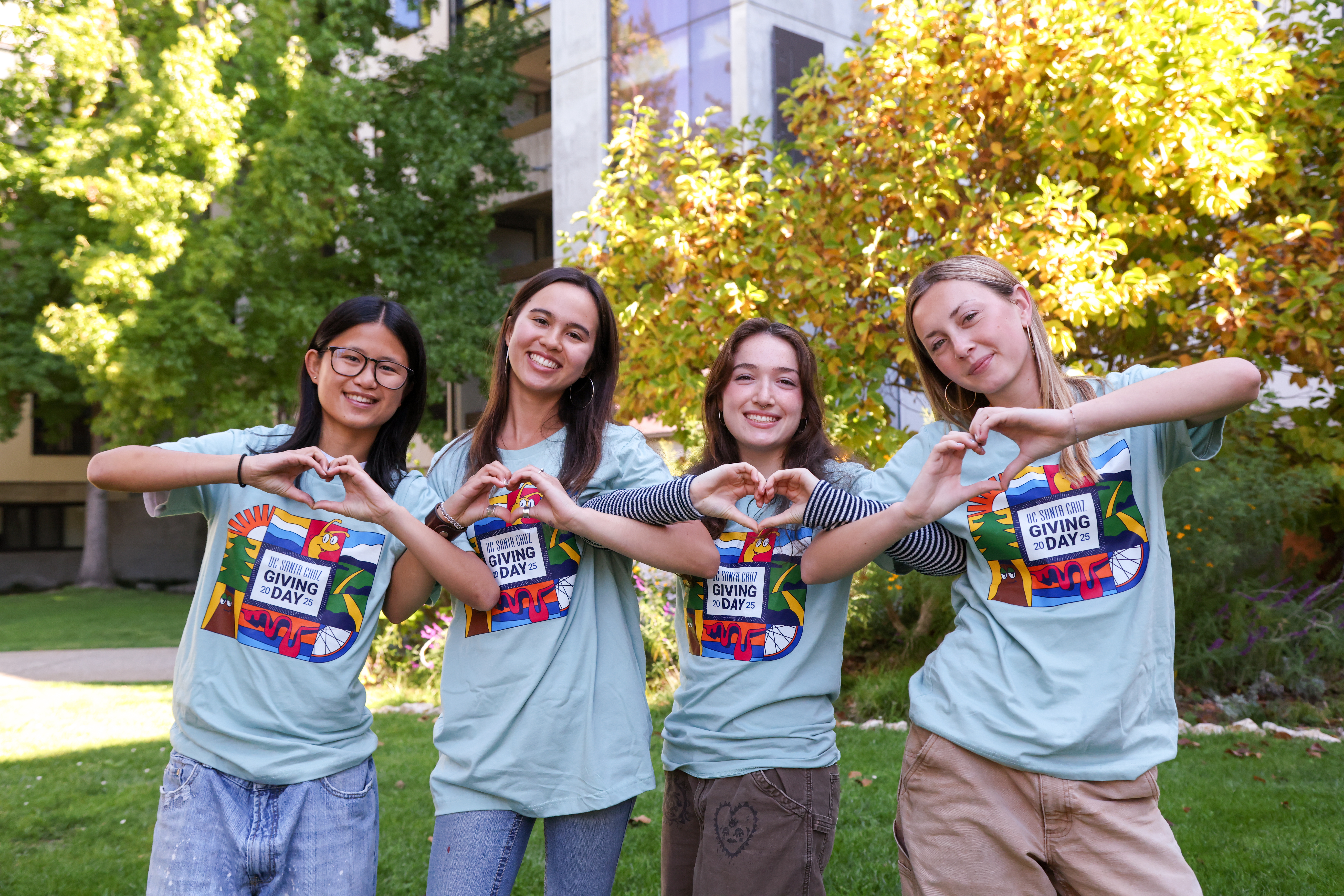
Giving Day raises nearly $2 million
On the 10th anniversary of Giving Day, the UC Santa Cruz community shattered records for total dollars raised and number of contributing donors.

Bruce Lane Memorial Scholarship supports veteran students for over 16 years
The Bruce Lane Memorial Scholarship, named after late veteran and former UC Santa Cruz staff member Bruce Lane, supports veteran students at UC Santa Cruz.

Breaking barriers and guiding others
As an outreach specialist with UC Santa Cruz’s Underground Scholars Program, Sammy Chavez (Rachel Carson ’25, Latin American and Latino studies and sociology) supports students navigating complex challenges in higher education. While completing his own degree, he was recognized with the Silver Slug Scholarship as a staff member pursuing his studies.
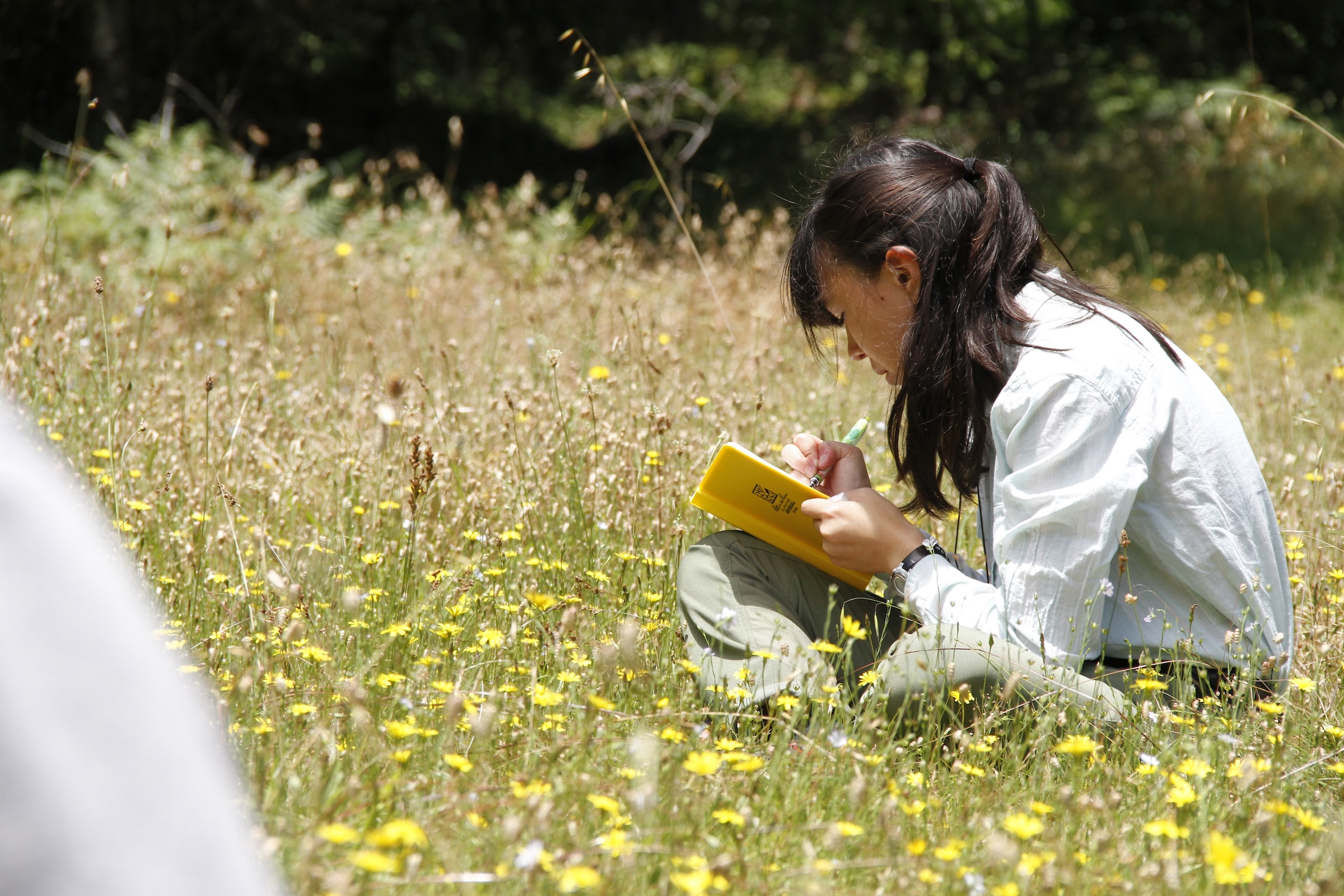
New program to train U.S. college students from all backgrounds to be conservation leaders
$1 million from Cedar Tree Foundation will fund a conservation-leadership academy to continue the work of the Doris Duke Conservation Scholars program at UC Santa Cruz
Our Donors
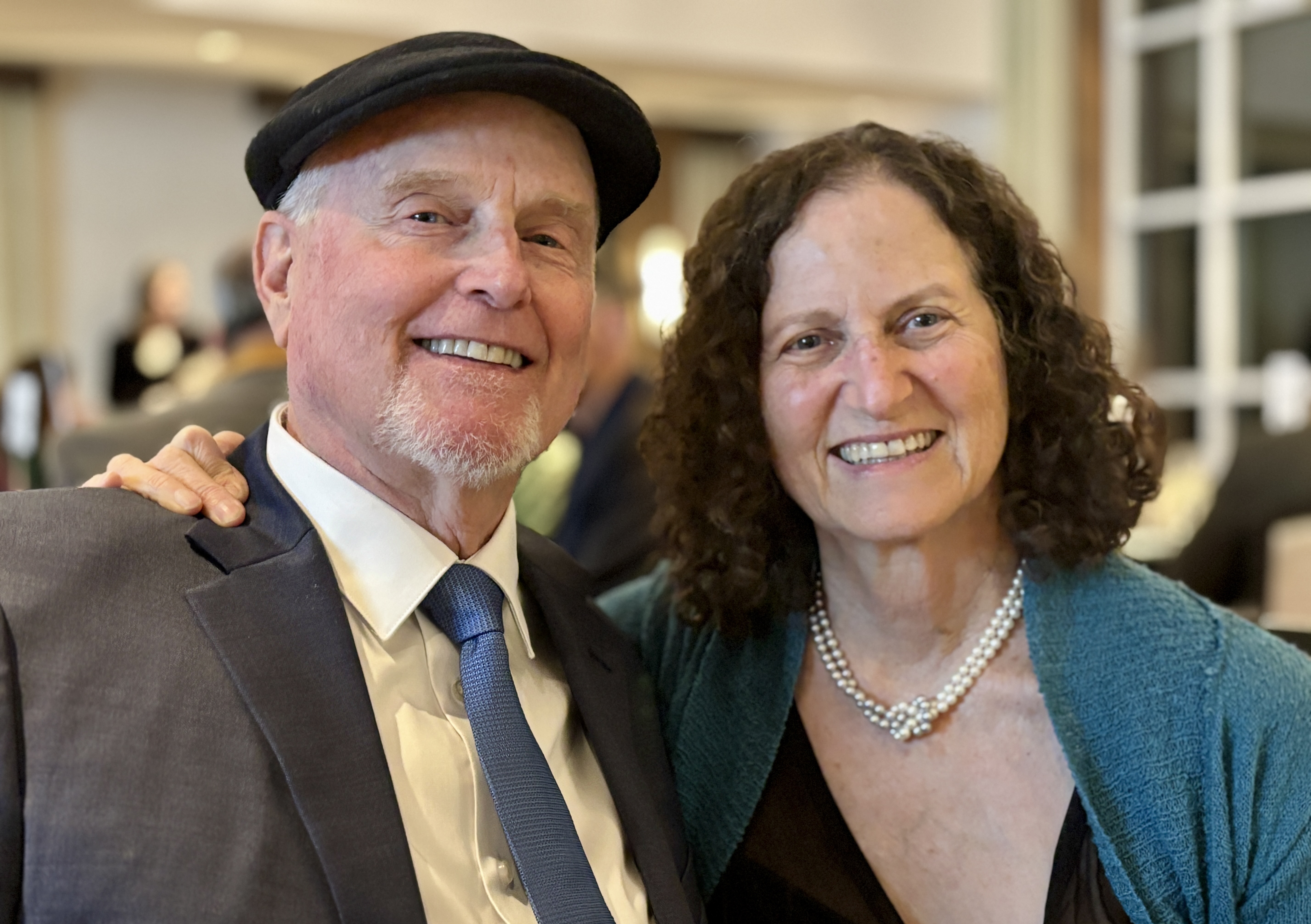
Connecting hearts, heritage, and higher education
By supporting The Humanities Institute and volunteering with Senderos, Carolyn and Curt Coleman help bridge campus and community—connecting students, families, and cultural traditions across generations.

Transformative gifts will help students find their paths as changemakers
Experiential learning programs at the Institute for Social Transformation recently received $1.2 million in new funding to support the next generation of social impact leaders.
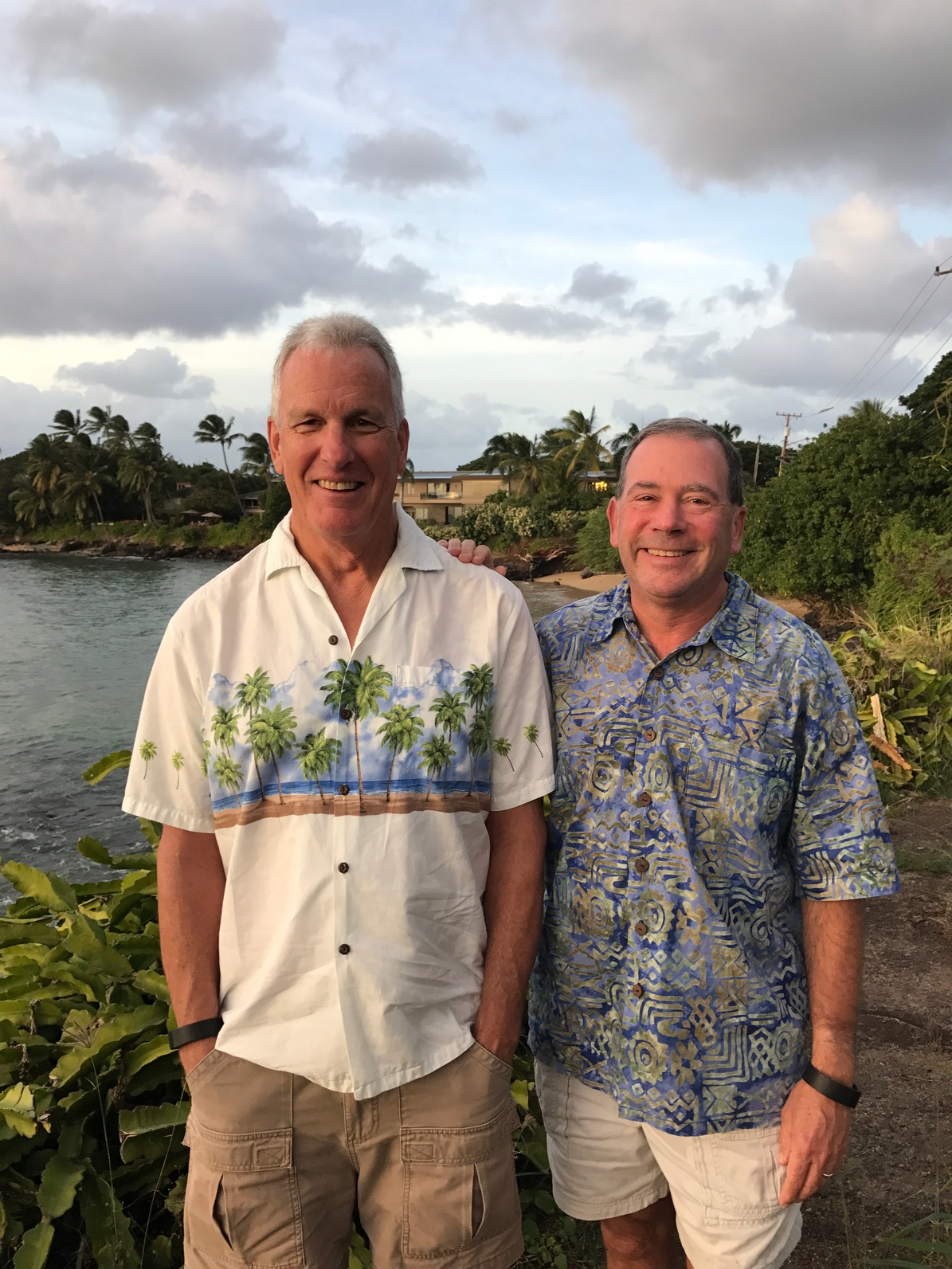
Rooted in education, expanding opportunity
Inspired by a shared love of learning and a family of educators, alumnus Roger Koopmann (Stevenson ’80, economics) and his late husband, Tom Bullen (Ph.D. ’86, Earth sciences), established scholarships that give UC Santa Cruz students the chance to pursue research and study abroad experiences.

Opening Doors: The Sergio Klor de Alva Memorial Scholarship
After losing her 24-year-old son in 2016, Julie Lawes transformed her grief into mission: creating a memorial scholarship in his name. The Sergio Klor de Alva Memorial Scholarship helps UC Santa Cruz students pursue life-changing experiences—a legacy born from a mother’s love and her son’s keen insights.

New program to train U.S. college students from all backgrounds to be conservation leaders
$1 million from Cedar Tree Foundation will fund a conservation-leadership academy to continue the work of the Doris Duke Conservation Scholars program at UC Santa Cruz
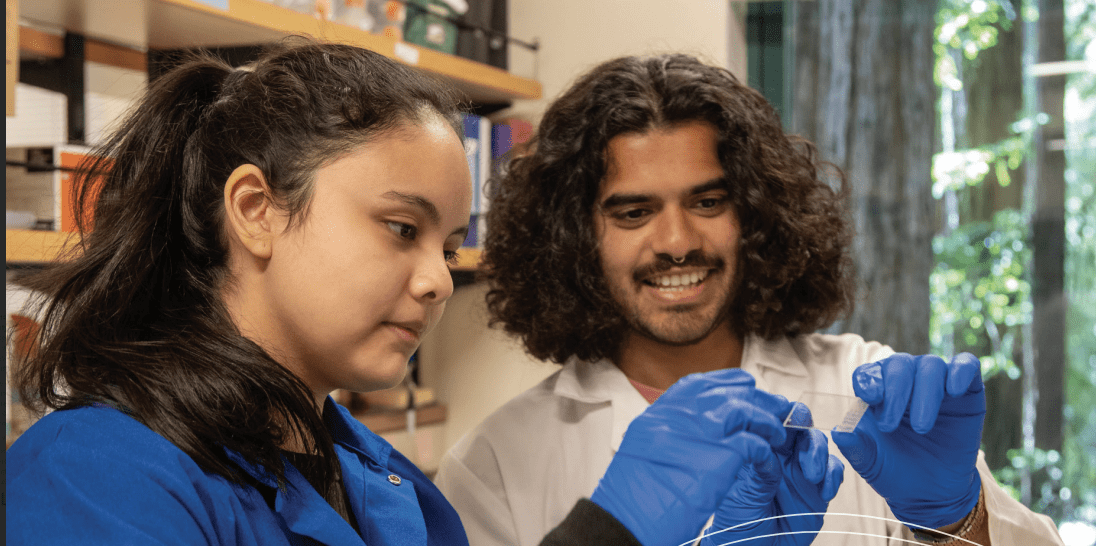
The future of science
A generous gift from the Mayfield Fund is transforming undergraduate research and mentorship opportunities at UC Santa Cruz, creating a powerful chain reaction of scientific mentorship across disciplines.